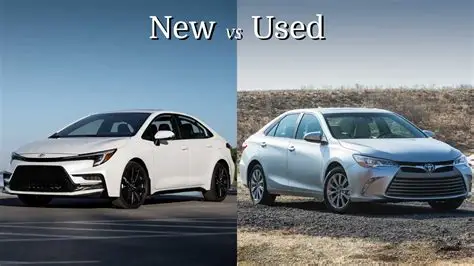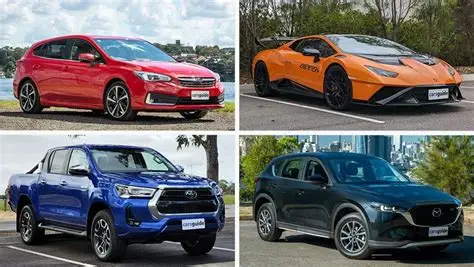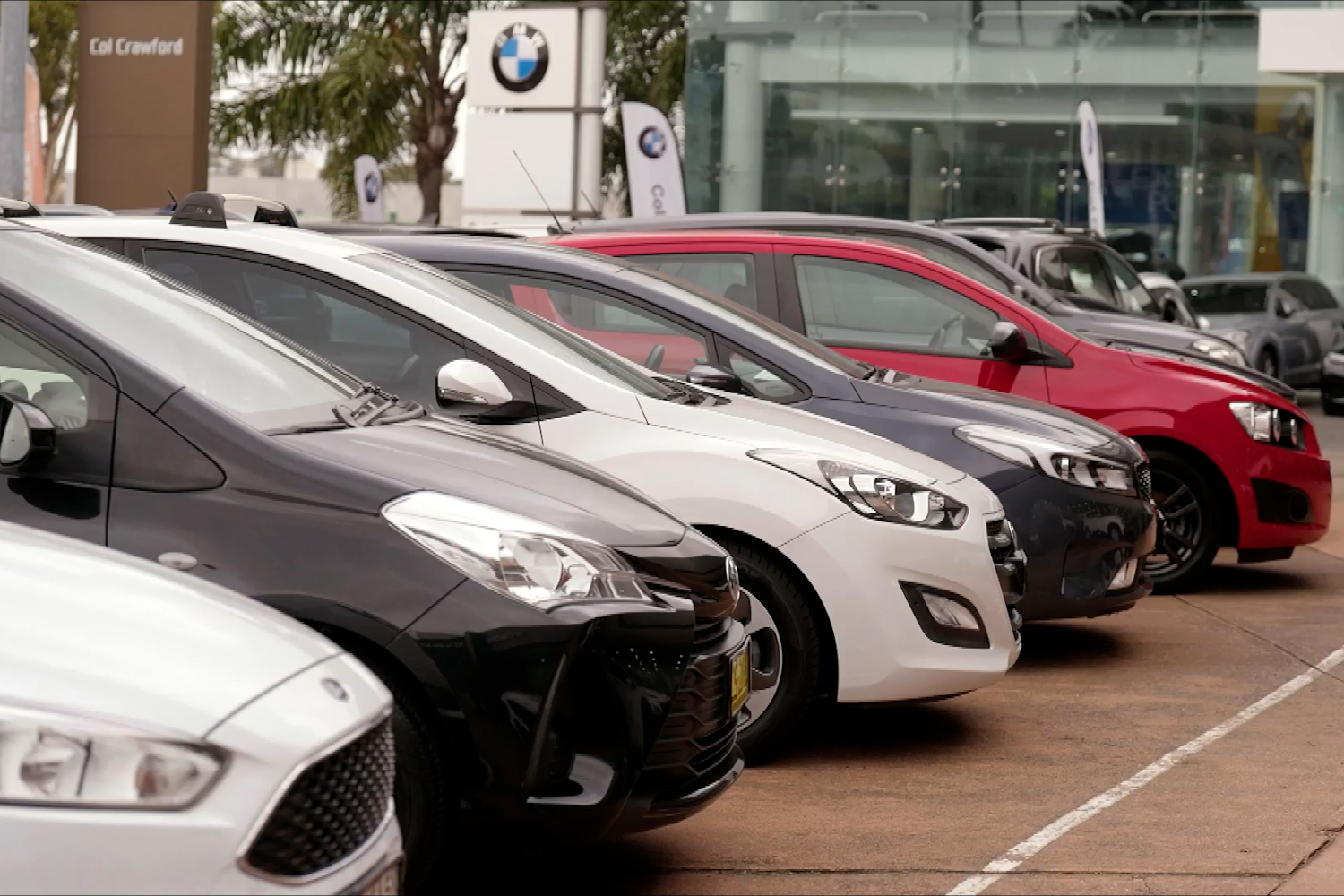Buying a car is exciting — and expensive. Whether you’re buying new or used, private sale or from a dealer, the decision you make now can cost you thousands (or save you thousands) over the life of the vehicle. This guide walks you through everything to evaluate: budget, needs, vehicle history, condition, ownership costs, financing, negotiation, and what to do after you buy.
1. Decide purpose & priorities first

Before you look at listings, get clear on what you actually need.
- Primary use: commuting, family, hauling, off-road, luxury/occasional, or business.
- Passenger/cargo needs: number of seats, child-seat anchors, trunk volume (or bed size for pickups).
- Driving environment: city (stop-and-go, tight parking), highway (mileage matters), mixed, or rough roads.
- Must-have features: safety (AEB, lane assist), AWD/4WD, towing package, infotainment, heated seats.
- Nice-to-have features: moonroof, premium audio, heads-up display.
- Longevity vs. novelty: keep long-term, or trade often? (buy used for value, new for warranty/modern tech).
Knowing your priorities narrows choices, speeds research, and strengthens negotiation.
2. Set a true, realistic budget
Price sticker ≠ real cost. Build a total cost picture.
- Purchase price — sticker, invoice, or private sale amount.
- Upfront costs: taxes, registration, inspection, dealer fees (if buying from dealer), immediate repairs or maintenance.
- Financing costs: loan interest (APR), arrangement fees.
- Ongoing costs: fuel, insurance, regular maintenance, tires, repairs, depreciation.
- Opportunity cost: money tied up vs. investment return.
- Emergency buffer: have cash for unexpected repairs (especially for older used cars).
Rule of thumb: keep total monthly vehicle cost (loan + insurance + fuel + maintenance) within a comfortable percentage of your monthly income. (Adjust to local realities and obligations.)
3. New vs. used vs. certified pre-owned (CPO)

- New: highest price, longest warranty, latest safety/tech, lower maintenance early on, slower depreciation in absolute terms but largest instant depreciation when driven off lot.
- Used: better value-per-dollar, but condition and history vary. Savings substantial if you avoid lemons.
- CPO: middle ground — dealer-inspected, extended warranty, slightly higher price than average used but lower risk.
If you want the latest features and warranty peace-of-mind, new/CPO is attractive; if value per dollar matters most, high-quality used cars (1–5 years old) are great.
4. Choosing the right model & trim

- Compare models in your priority list for reliability, fuel economy, safety ratings, and ownership costs.
- Don’t overpay for a trim level with features you won’t use — they add weight and cost.
- Consider long-term resale value (some brands/models hold value better).
Tip: look for models with strong reliability reputations and widely available spare parts in your region.
5. Vehicle history & documentation (used cars)
For used cars, documentation is critical.
- VIN check: verify history report (accidents, title issues, flood, odometer rollback, salvage).
- Service records: regular maintenance, timing belt or chain replacements, major repairs.
- Ownership history: number of prior owners (fewer is usually better).
- Registration/title: ensure clear title, correct names, no liens.
- Recall history: check for unresolved recalls for that VIN or model year.
Red flags: missing service records, indications of flood damage (moldy smell, silt marks), inconsistent odometer readings, title branded “salvage”/“rebuilt”.
6. Mechanical & cosmetic inspection — what to check

Either get a trusted mechanic to inspect or use a careful checklist yourself.
Exterior
- Body panels: gaps, misaligned panels, paint overspray, rust spots.
- Glass: chips or cracks in windshield/side windows.
- Tires: tread depth, even wear, sidewall damage. Uneven wear suggests alignment/suspension issues.
- Lights: headlights, indicators, brake lights work and are aligned.
Interior
- Electronics: infotainment, air conditioning/heating, power windows, seat adjustments.
- Upholstery: rips, stains, odors (smoke or mildew).
- Dashboard lights: any warning lights on startup and during driving.
- Steering wheel & pedals: excessive wear may hint at high mileage or rough use.
Under the hood
- Oil level/condition: milky oil = coolant leak.
- Fluids: coolant, brake fluid, transmission fluid (color/level).
- Belts & hoses: cracking, brittleness.
- Battery: corrosion, age (date sticker).
Underbody
- Rust, leaks (oil, coolant, transmission), damaged exhaust.
- Suspension: clunks, sagging springs.
Test drive
- Engine: smooth start, steady idle, no knocking.
- Acceleration: responsive without hesitation.
- Transmission: smooth shifts, no jerking (for automatics); clutch engagement normal (for manuals).
- Brakes: solid, without vibration or pulling to one side.
- Steering: responsive, no excessive play.
- Noise: unusual rattles, squeaks, or wind noise at speed.
- Comfort: seat comfort, noise level, visibility.
If you cannot inspect thoroughly, pay for a pre-purchase inspection by a mechanic. It’s worth the cost.
7. Test-drive checklist (quick)
- Start from cold and listen/observe.
- Try different speeds (city, highway) and road types.
- Test turning, parking, reversing (sensors/camera check).
- Use all functions (A/C, radio, cruise control).
- Check for vibrations over bumps or during braking.
Bring a friend if possible — a second pair of eyes hears and sees more.
8. Safety & reliability considerations
- Safety ratings: check NCAP/IIHS/other local safety ratings for the model/year.
- Driver assistance: AEB, lane-keep, blind-spot monitoring — especially important for families.
- Reliability history: brand/model known issues (e.g., common transmission or electrical failures).
- Airbags & crash sensors: ensure intact and un-deployed.
Safety features trump luxury trim unless your budget forces trade-offs.
9. Ownership costs (the hidden big ones)
- Fuel economy: fuel type (petrol/diesel/hybrid/EV) and real-world MPG/km per litre.
- Insurance: premiums vary by car value, engine size, safety rating, and driver history.
- Maintenance & repairs: some brands/engines are expensive to maintain (luxury or rare imports).
- Spare parts availability: local availability reduces downtime and cost.
- Depreciation: highest in first 3 years; research expected resale value.
- Taxes & emissions: ongoing taxes, emission tests, or congestion fees.
- Charging infrastructure (for EVs): home charger cost, public charging availability and costs.
Calculate 3–5 year total cost of ownership (purchase + fuel + maintenance + insurance + taxes) to compare options meaningfully.
10. Financing, warranties, and insurance
Financing
- Shop APRs from banks, credit unions, and dealer financing. Compare total interest paid, not only monthly payment.
- Understand loan term trade-offs: longer terms lower monthly payments but increase interest paid overall and risk being upside-down on the loan.
- Pre-approval gives negotiating power.
Warranties
- New cars: factory warranty (length and coverage).
- Used/CPO: extended warranty options. Read exclusions carefully (wear-and-tear, routine maintenance often excluded).
- Consider getting a vehicle service contract only if reputable and cost-effective after comparing likely repairs.
Insurance
- Get quotes before buying. Insurance for some models can be very high due to theft rates or repair costs. Choose deductibles and coverage levels that match risk tolerance.
11. Negotiation & getting the best deal
- Market research: know average selling price for make/model/trim/year in your area. Price guides and local listings help.
- Be ready to walk away: strongest negotiation tactic.
- For dealers: ask for itemized out-the-door price (include taxes and fees). Negotiate based on total price, not monthly payment. Beware of add-ons you don’t want.
- For private sellers: verify documents, confirm VIN, be cautious of escrow scams. Consider meeting at a bank or daytime public place.
- Trade-in strategy: get offers from multiple dealers; consider selling privately for more money if you can.
- Timing: end of month/quarter sometimes yields dealer incentives. New model release times can affect used prices.
Always get any verbal agreement in writing.
12. Red flags & deal-killers
- Seller refuses independent inspection.
- Inconsistent or missing paperwork (title, service records).
- Salvage or rebuilt title without full disclosure.
- Visible structural damage or signs of major accident repair.
- Smoke smell (smoker’s or burned wiring), strong chemical smells (possible flood).
- Too-good-to-be-true price on recent model — possible scam.
- Pressure to complete sale immediately or requests for nonstandard payment routes.
If unsure, walk away or consult an expert.
13. Special considerations for electric vehicles (EVs) & hybrids
- Battery health: degradation affects range — check battery reports (some cars have battery status in diagnostics).
- Charging: home charger installation cost and public network coverage.
- Range needs: ensure usable range meets typical trips plus buffer.
- Incentives: check local tax credits or rebates.
- Repairability: battery replacement cost, specialist service availability.
14. After purchase — immediate steps
- Transfer title/registration promptly to avoid liability.
- Get insurance effective at purchase time (or earlier if required).
- Change oil/filter and do basic maintenance if previous service is unknown.
- Keep a copy of all paperwork, receipts, and inspection reports.
- Program keys/remotes and change any shared driver profiles.
- Learn maintenance schedule and set calendar reminders.
15. Practical checklists you can use (quick printable)
Before buying
- Define purpose and non-negotiables
- Set firm total budget and maximum monthly cost
- Research model reliability and resale value
- Get insurance quotes for shortlisted models
At inspection / test drive
- VIN lookup completed and history checked
- Mechanic pre-purchase inspection or thorough personal check
- Test drive at varied speeds/conditions
- Check for dashboard warning lights and unusual noises
Before signing
- Clear title and correct owner name(s)
- Itemized out-the-door price (dealers) or written sales agreement (private)
- Financing terms reviewed and compared
- Warranty/exclusions documented
16. Sample questions to ask the seller
- Why are you selling the car?
- Do you have full service history? Any major repairs?
- Has the car ever been in an accident? Any structural repairs?
- Are there any outstanding recalls?
- How old is the battery/tires/brakes? When were they last replaced?
- Is there a lien on the vehicle? (If yes — get lender details.)
17. Final recommendations — how to make the smartest pick
- Prioritize safety, reliability, and total ownership cost over flashy extras.
- If buying used, insist on a pre-purchase inspection and a full history check.
- Compare financing offers — don’t let a dealer obfuscate total cost by focusing only on monthly payments.
- Walk away if paperwork or inspection access is dodgy. A good deal is not worth the legal or mechanical risk.
- Keep a buffer for maintenance, and follow the maintenance schedule to protect resale value.
Summary — the one-page takeaway
- Establish needs and realistic budget first.
- Decide new vs. used vs. CPO by weighing warranty vs. depreciation.
- For used cars, VIN history and mechanic inspection are essential.
- Test-drive in real conditions and use a checklist.
- Factor total cost of ownership (fuel, insurance, maintenance, depreciation).
- Negotiate armed with market research; insist on transparent, itemized pricing.
- Watch for red flags; protect yourself with documentation and reputable financing/warranty.


